I have a control voltage signal of an audio synthesizer that goes from +15v to -15v and I want to scale it into +10v to -5v.
I want to scale its range.
How can I do that?
I guess a way to do it is offsetting the ground to +2.5v and then dividing the incoming signal by 2. But, is there a neater way to do it?

